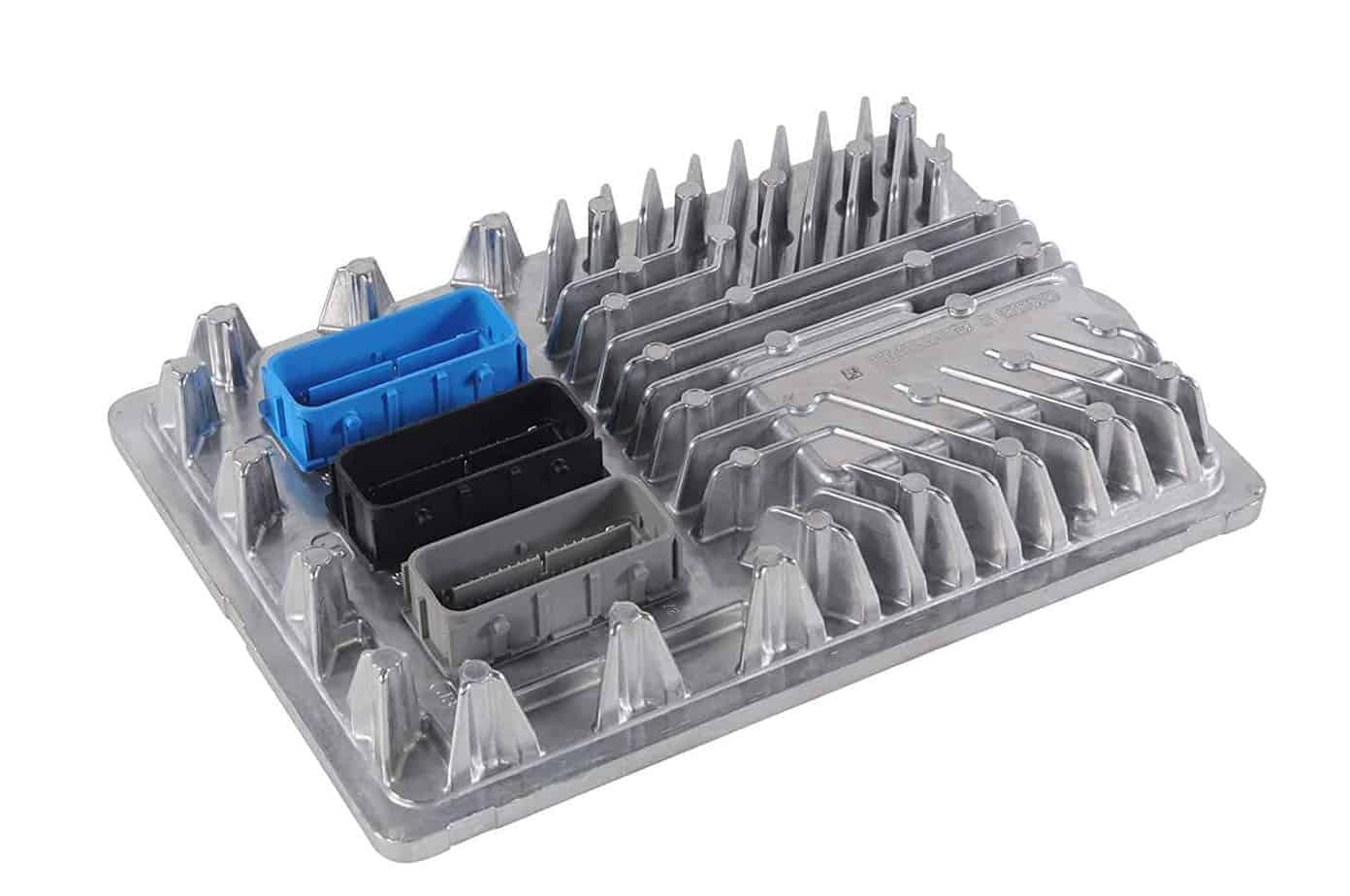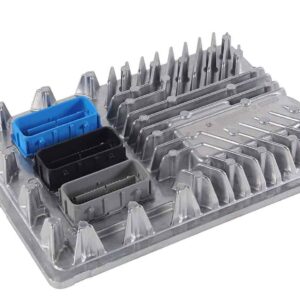Restore Your GM Vehicle’s Core Performance and Reliability
If you’re dealing with frustrating and unpredictable issues like a check engine light that won’t go away, poor engine performance, stalling, or a no-start condition, the root cause is often a failing Engine Control Module (ECM). As the central computer for your engine, a faulty ECM can create a cascade of problems that are difficult to diagnose. This isn’t just an inconvenience; it affects your vehicle’s safety, fuel economy, and drivability. We offer a direct, reliable solution: a genuine GM ECM, part number 12674472, professionally programmed to your vehicle’s specific VIN.
Forget the expensive trip to the dealership. We handle the critical programming for you before we ship. Simply provide your vehicle’s VIN during checkout, and our technicians will flash the module with the latest, most stable software calibrations directly from GM. This ensures that when you receive your 2017 Escalade ESV ECM, it’s ready to integrate with your vehicle’s systems, restoring the precise control and function you’ve been missing.
A Technician’s Notebook: The Intermittent No-Start Nightmare
I once had a 2017 Suburban in the bay that was a real head-scratcher. The customer reported it would randomly refuse to start—no crank, nothing. They’d already replaced the battery and starter at another shop to no avail. Diagnostics showed intermittent communication loss with the ECM (a classic U0100 code) but no other consistent faults. After hours of chasing wires, we finally caught the ECM failing during a voltage drop test on a hot day. The internal processor was failing under thermal stress. Swapping in a properly programmed ECM fixed it instantly. It’s a textbook example of how a failing computer can mimic mechanical failures, making a reliable replacement part essential.
Is Your Vehicle Showing These Symptoms?
- ✔ Check Engine Light is on with codes related to internal processor failure (e.g., P0601, P0606).
- ✔ Loss of communication with the ECM (DTC U0100).
- ✔ Engine cranks but will not start.
- ✔ Unexplained drop in fuel efficiency.
- ✔ Rough or erratic engine idling and stalling.
- ✔ Harsh or incorrect shifting from the transmission.
- ✔ Failure to pass state emissions testing.
Your Straightforward ECM Installation Guide
Installing your new 2017 Escalade ESV ECM is a manageable job for a seasoned DIYer or any professional technician. Follow these general steps for a successful replacement.
- Safety First: Always disconnect the negative terminal from your vehicle’s battery and wait 10-15 minutes for the system capacitors to discharge.
- Locate the ECM: On most compatible GM trucks and SUVs, the ECM is located in the engine compartment, typically on the driver’s side near the firewall or inner fender.
- Disconnect Connectors: Carefully release the locking tabs on the electrical harness connectors and pull them straight out from the module. Never force them. Inspect connectors for any corrosion or damage.
- Remove the Old Module: Unbolt the old ECM from its mounting bracket.
- Install the New Module: Mount your new, pre-programmed ECM in place and securely tighten the bolts.
- Reconnect Everything: Plug the electrical connectors back into the new ECM, ensuring they click into place. Reconnect the negative battery terminal.
- Perform Relearn Procedures: Turn the key to the ‘ON’ position. In many cases, the vehicle will start and run. However, if it does not start, a Vehicle Theft Deterrent (VTD) relearn is required. This procedure syncs the new ECM with your vehicle’s security system and must be done using a GM-compatible scan tool with access to TIS2Web/Techline Connect. Other relearns, like for the crankshaft position sensor, may also be necessary.
Will This Fit My Vehicle?
This ECM is a guaranteed fit for a wide range of GM vehicles. Please verify your part number and model from the list below. This module is a direct replacement for part numbers 12692068, 12704476, 12686382, 12674052, 12674472, and 12678815.
- 2017 Cadillac Escalade & Escalade ESV
- 2017 Cadillac XTS (3.6L Twin Turbo, VIN 8)
- 2017 Cadillac CTS (6.2L Supercharged or 3.6L Twin Turbo)
- 2017 Cadillac ATS (3.6L, VIN Y)
- 2017 Chevrolet Corvette
- 2017 Chevrolet Tahoe & Suburban 1500
- 2016-2018 Chevrolet Silverado 1500 (verify part ID)
- 2017 GMC Yukon & Yukon XL 1500
- 2016-2018 GMC Sierra 1500 & Sierra Denali 1500 (verify part ID)
Frequently Asked Questions About Your New ECM
Frequently Asked Questions
Why do you need my VIN?
Your Vehicle Identification Number (VIN) is essential. It allows us to access the specific GM database for your vehicle and load the correct factory software, including all recent updates for performance, emissions, and security. This step ensures the 2017 Escalade ESV ECM works perfectly with your exact configuration.
What is a Vehicle Theft Deterrent (VTD) relearn?
The VTD system is an anti-theft feature that pairs your ignition key and other modules to the ECM. When you install a new ECM, this link is broken. A VTD relearn procedure re-establishes that secure connection. Without it, the system may prevent the engine from starting as a security measure.
Can I perform the VTD relearn myself?
Performing the VTD relearn and other setup procedures requires a professional-grade scan tool with an active subscription to GM’s TIS2Web or Techline Connect service. While some advanced DIYers may have this equipment, most customers will need to have a qualified local mechanic or dealership perform this final step after installation.
Is this part difficult to install?
The physical installation—unbolting the old unit and plugging in the new one—is straightforward. The main challenge is ensuring the post-installation electronic relearn procedures are completed correctly. If you are comfortable with basic auto repair, you can install the module yourself and have a shop complete the programming.
What happens if I install it without doing the relearn procedures?
If a VTD relearn is required and not performed, the most common result is a crank-no-start condition. The engine will turn over but the ECM’s security protocol will prevent it from firing up. Other functions may also be limited until all necessary relearns are completed.



